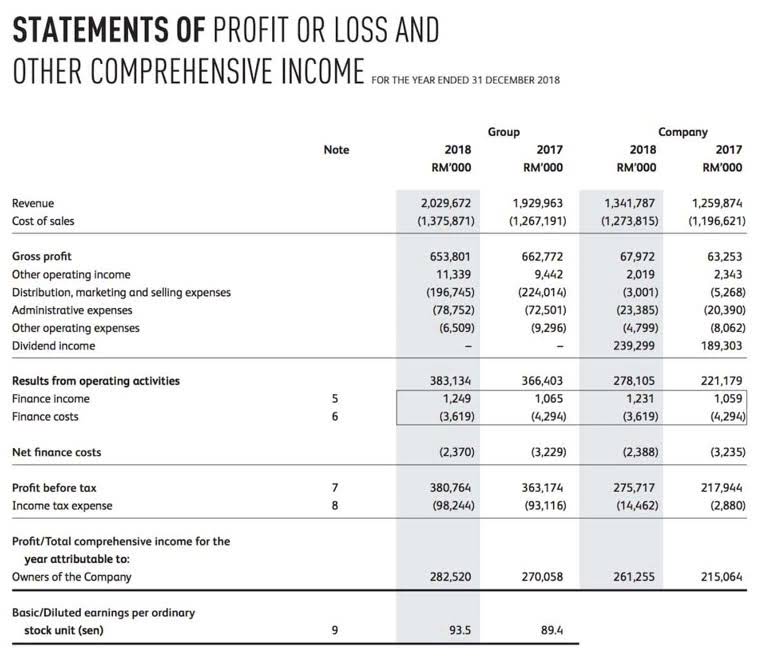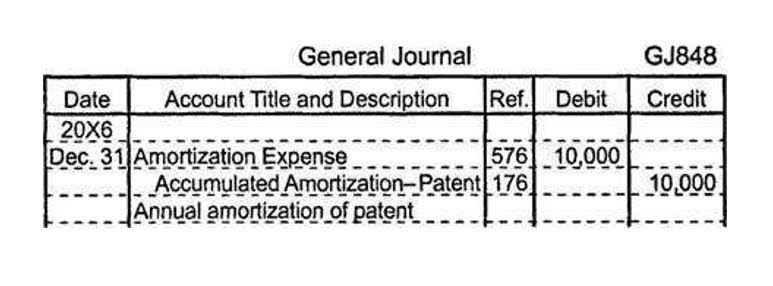
A company’s shareholders’ equity is the sum of its common stock value, additional paid-in capital, and retained earnings. Stockholders’ equity is a vital metric to gauge a company’s financial well-being and HOA Accounting value for its shareholders. After accounting for debts and obligations, it represents the company’s net worth and ownership stake. Stockholders’ equity can be a key indicator of a company’s stability, growth potential and ability to attract investments.
How Do You Calculate Equity in a Private Company?
- You should consider our materials to be an introduction to selected accounting and bookkeeping topics (with complexities likely omitted).
- At the balance sheet date, the corporation had cumulative net income after income taxes of $40,000 and had paid cumulative dividends of $12,000, resulting in retained earnings of $28,000.
- The income statement is also referred to as the profit and loss statement, P&L, statement of income, and the statement of operations.
- It suggests the company has been profitable, retaining earnings and reinvesting them to fuel growth.
- The main elements are contributed capital, retained earnings, treasury stock, and accumulated other comprehensive income.
All the information needed to compute a company’s shareholder equity is available on its balance sheet. Shareholder equity represents the total amount of capital in a company that is directly linked to its owners. Retained earnings are part of shareholder equity, as is any capital invested in the company. These include components that are not reflected in the income statements but affect the financial health of the companies.
Accounting Equation Method
A balance sheet can’t predict changes in the value of a company’s assets or changes to its liabilities that haven’t occurred yet. Increases or decreases on either side could shift the needle substantially when it comes to the direction in which total stockholders equity stockholders’ equity moves. Paid-in capital is the money that a company receives when investors buy shares of its stock.
- One of the three primary sections is stockholders’ equity, sometimes called shareholders’ equity.
- Home equity is often an individual’s greatest source of collateral, and the owner can use it to get a home equity loan, which some call a second mortgage or a home equity line of credit (HELOC).
- It also shows how much shareholders might receive in the event that the company is forced into liquidation.
- Since debts are subtracted from the number, it also implies whether or not the company has taken on so much debt that it cannot reasonable make a profit.
Outstanding Shares
- This value helps investors identify the company’s financial health and determine whether they should continue investing in it, given its performance.
- Expenses automatically decrease stockholders’ equity because they increase a company’s debt.
- Retained earnings can increase over time, potentially surpassing the amount of paid-in capital.
- Where the difference between the shares issued and the shares outstanding is equal to the number of treasury shares.
- This strength reduces the company’s risk of insolvency and allows for potential investments in profitable projects.
When calculating the shareholders’ equity, all the information needed is available on the balance sheet – on the assets and liabilities side. The total assets value is calculated by finding the sum of the current and non-current assets. The shareholders equity ratio measures the proportion of a company’s total equity to its total assets on its balance sheet.

After all, the only way to know exactly what a building is worth is to sell it. Investors, lenders and analysts use stockholders’ equity to inform their investment and lending decisions regarding a company. The result indicates how much of the company’s assets were funded by issuing stock rather than borrowing money. A company may refer to its retained earnings as its “retention ratio” or its “retained surplus.” It represents the additional amount an investor pays for a company’s shares over the face value of the shares during a company’s initial public offering (IPO). Learn about stockholders’ equity, the core measure of a company’s owner-financed value and financial strength.

On the other hand, low or negative retained earnings might indicate financial difficulties or a history of high dividend payouts. These shares are no longer outstanding and don’t count toward earnings per share calculations. Companies buy back their stock for various reasons, like boosting share prices or consolidating ownership.
Shareholder Equity Ratio: Definition and Formula for Calculation

Home equity is roughly comparable to the value contained in homeownership. The amount of equity one has in their residence represents how much of the home they own after accounting for the mortgage debt owed. Equity on a property or home stems from payments made against a mortgage, including a down payment and increases in property value. Outstanding shares are also an important component of other https://ms2.inkland.com/in-what-order-are-liabilities-listed-in-the-chart-5/ calculations, such as those for market capitalization and earnings per share (EPS).

